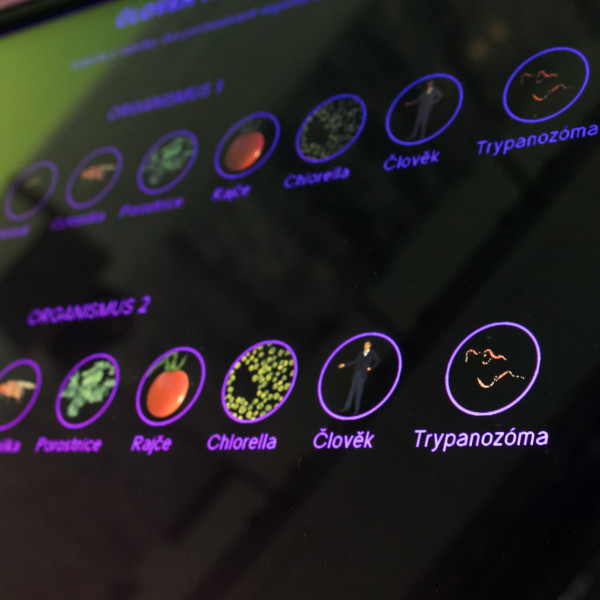Mensch und Kartoffel
Compare the genomes of various organisms
Explore to what extent the genomes of different organisms are identical. The genome is the sum of all pieces of genetic information of a particular organism. In other words, it is a complete DNA sequence of a single set of chromosomes. It incorporates both the regions of genes and noncoding regions. Genes serve as a template, as an instruction for creating proteins, while the noncoding regions may perform a number of various other functions, such as regulation. The human genome is made up of 23 chromosomes, but genomes of other living beings may contain numbers of chromosomes starting from a few units to several hundred in a single set.
